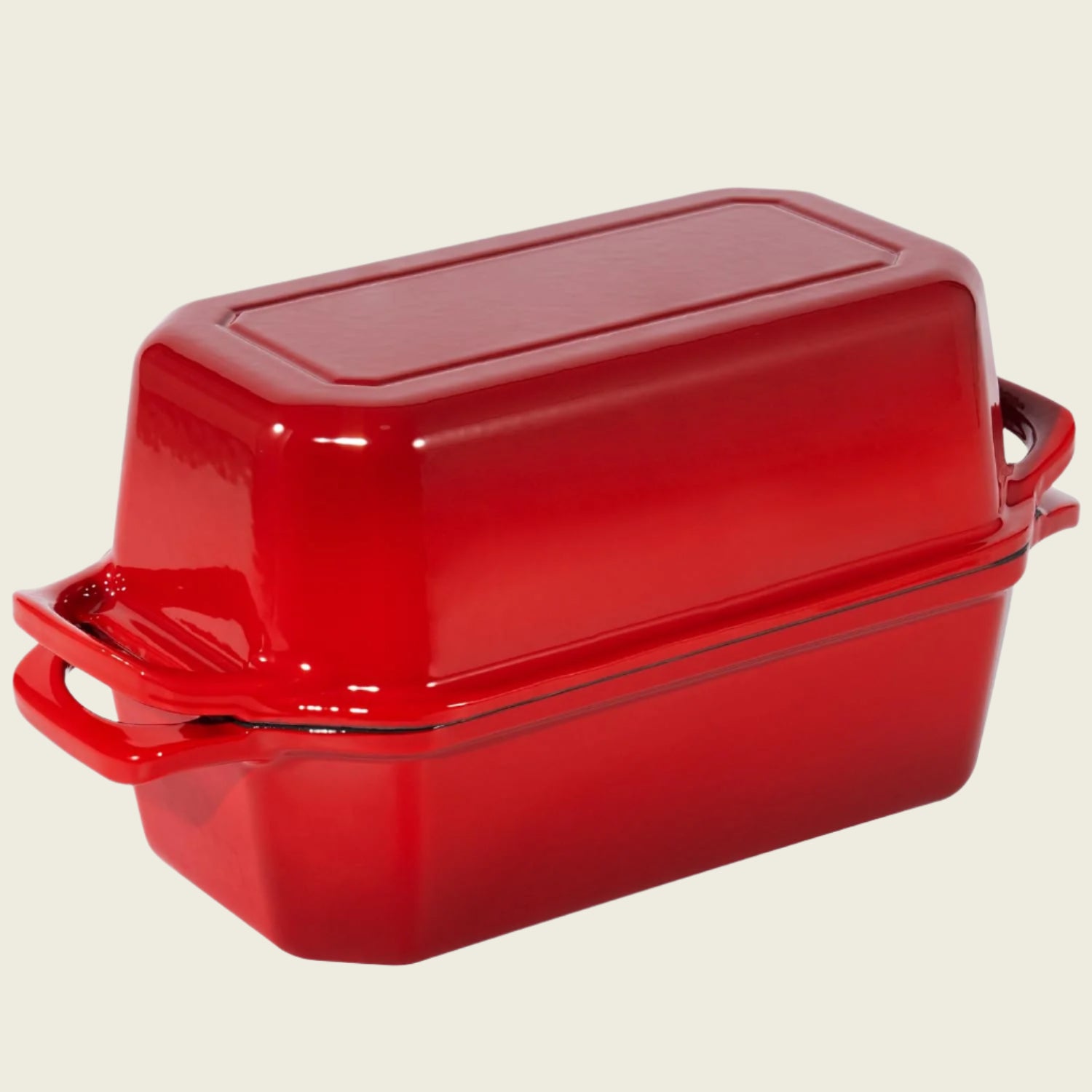Sourdough Baking Is About the Process, Not Just the Ingredients
Share
Sourdough baking has this magical, rustic appeal—but for anyone who’s tried it, it can also feel like stepping into a maze of techniques, timelines, and temperature charts. It’s easy to get overwhelmed. But there’s one mindset shift that can simplify everything: focus less on ingredients, and more on the process.
When I first started baking sourdough, I did what most beginners do—jumped from one recipe to another, constantly tweaking things, hoping for a perfect loaf. The result? Confusion. Inconsistency. Frustration. The breakthrough came when I stopped recipe-hopping and committed to just one. That’s when I began to really understand sourdough.
Why One Recipe Can Change Everything
Sourdough isn't just flour, water, salt, and starter. It’s a choreography of steps, timing, and temperatures. Every recipe is built around its own rhythm, and sticking to one allows you to learn that rhythm deeply.
Each bake becomes a controlled experiment. By using the same ingredients and same steps every time, you can start observing what really matters—how your dough behaves in your kitchen, with your water, your starter, and your ambient temperature. That repetition is where intuition starts to form.
Building Core Skills Takes Repetition
One of the biggest challenges early on is bulk fermentation. Underproof and your crumb is tight and dense. Overproof and your loaf collapses. Getting it right? That takes time. Some experienced bakers say it might take 100 loaves—or even a couple of years of weekly baking—to really get the feel for it.
That sounds like a lot, but sticking with one recipe shortens the learning curve. You’re not adjusting to a new hydration level or timing every weekend. You’re simply noticing—how does the dough rise on a warm day? How does it feel when it’s properly fermented versus under? You start seeing patterns and understanding cause and effect.
A Recipe Is More Than a List of Ingredients
Each sourdough recipe is its own ecosystem. Ingredients, quantities, starter feeding routines, timings—all of it works together. Swapping techniques or elements between recipes can quietly sabotage your results. It’s like trying to follow two sets of IKEA instructions at once. Chaos.
Even the starter routine is often tailored to a specific recipe. Some methods have you build more leaven than needed, using only a portion. That affects timing and dough strength. Deviating from it can throw off the entire process.
Understanding Your Starter’s Rhythm
Your starter is alive—literally. And just like dough, it behaves differently depending on temperature, feeding ratios, and timing. When you follow the same feeding schedule consistently, you begin to see when your starter peaks, when it gets hungry, how it smells, how it rises.
Peak-to-peak feeding is one technique for strengthening a lagging starter—feeding it again right after it peaks, not before. Doing this a few times in a row can revitalise its activity. But more importantly, knowing when your starter is at its peak means you’re using it at its strongest, which makes all the difference in fermentation.
Bulk Fermentation Makes the Bread
There’s a saying: bulk fermentation makes the bread. This is where flavour, structure, and texture all take shape. And it’s not just about letting the dough rise until it’s doubled. That’s an oversimplification.
Temperature plays a huge role. A warm dough might be ready after only a 30–40% rise. A cooler dough might need to double. Learning this isn’t about memorising numbers—it’s about paying attention. What does the dough look like? How does it feel? Those answers come from repetition with the same dough, over and over.
The process itself is layered: mix, autolyse, stretch and fold, bulk ferment, pre-shape, rest, shape again, cold proof. Each stage builds on the last. And by working within one recipe’s framework, you learn what your dough should feel like at each point. You’re not just baking—you’re developing fluency.
The Power of Focus
In a world of endless tutorials, tips, and tweaks, it’s tempting to constantly chase the next new method. But sourdough rewards patience and attention. It rewards the baker who takes the time to learn one dough well. Because once you understand the process, really understand it, you’ll be able to adapt. You’ll know when to trust your eyes and hands instead of the clock.
The ingredients matter, sure. But it’s the process—repeatable, observable, consistent—that transforms flour and water into a loaf that’s truly your own.
